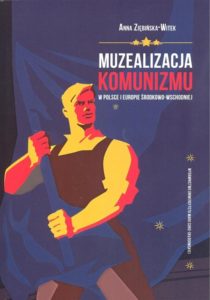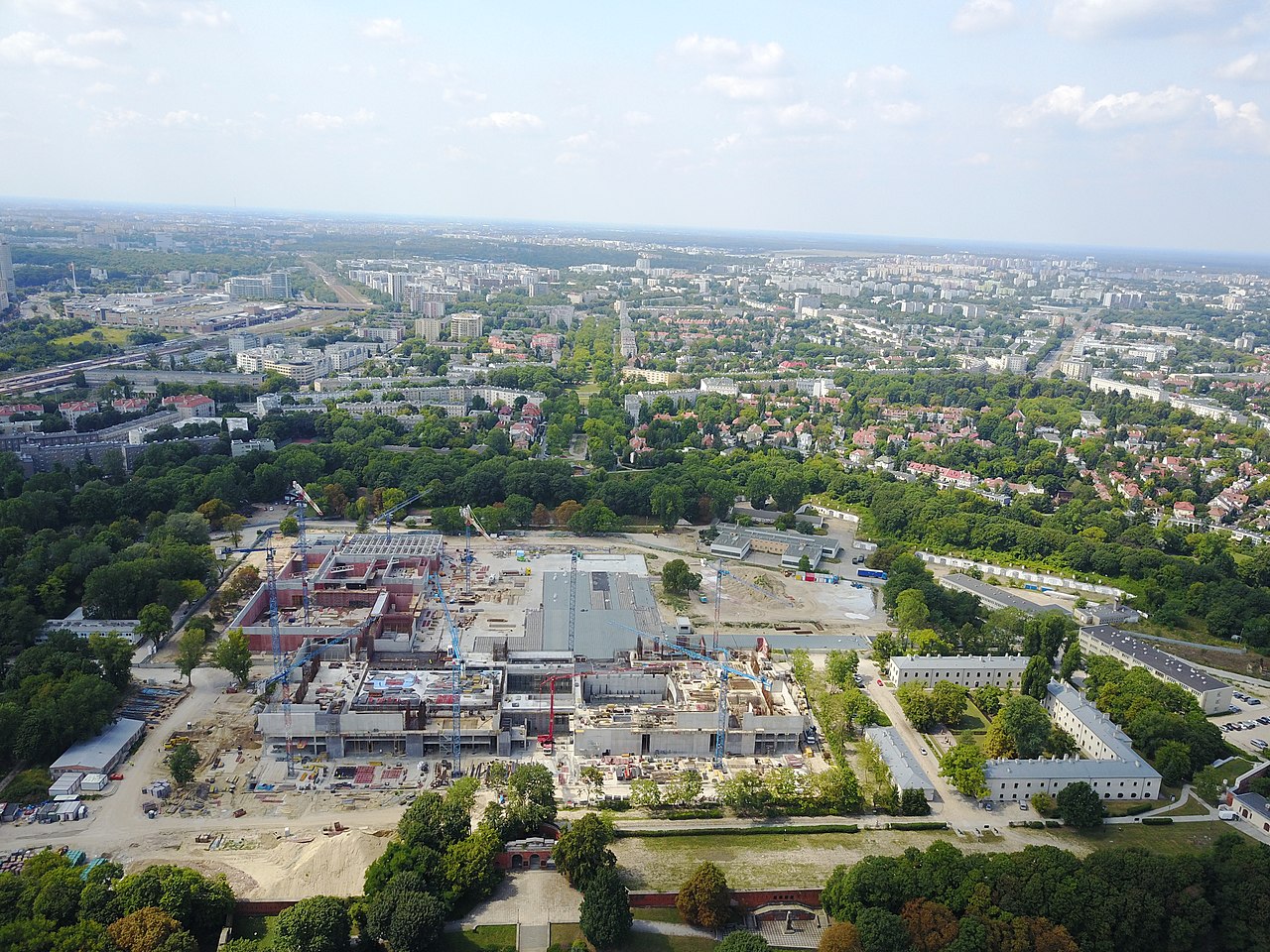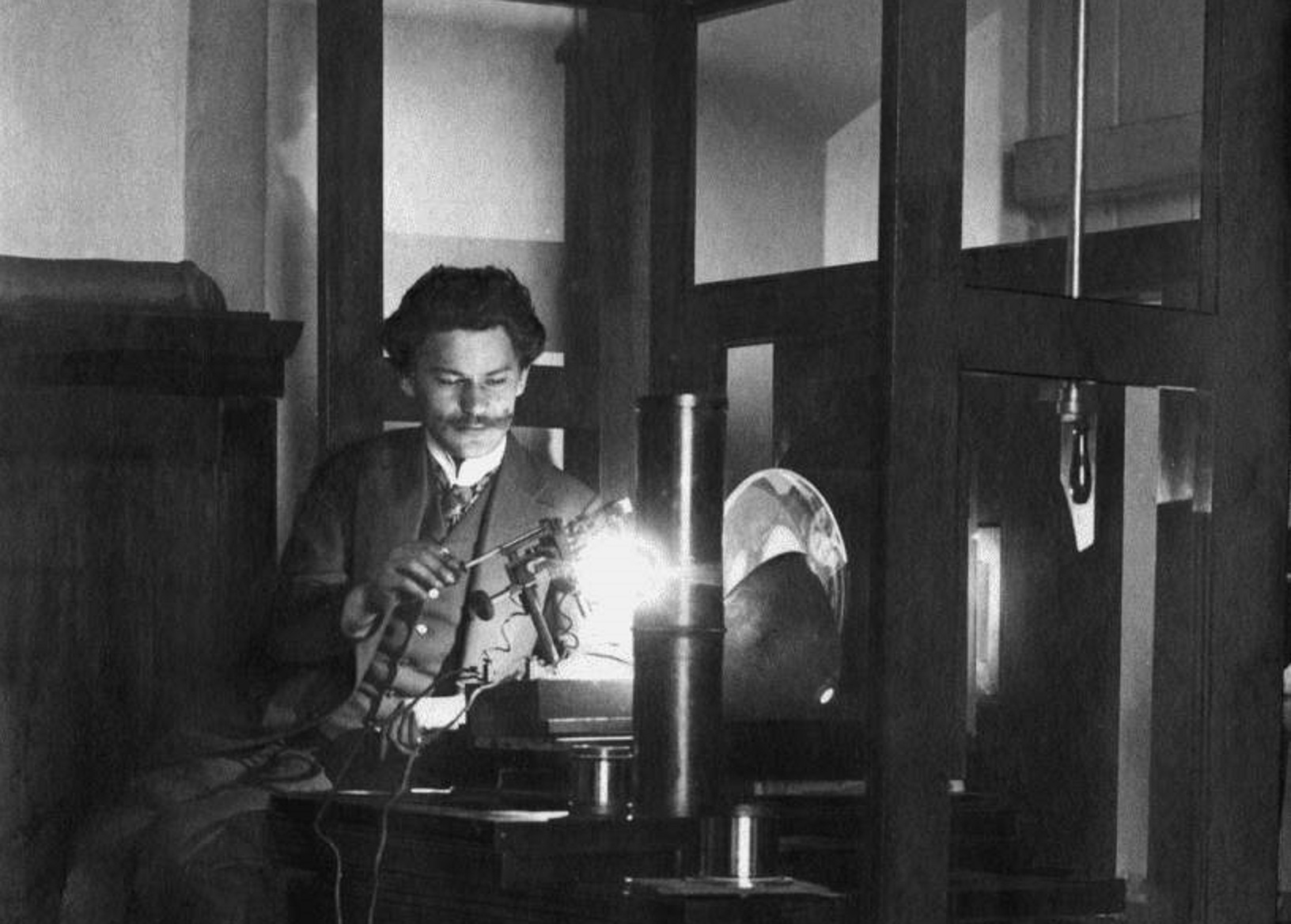The main goal of a historical exhibition is not to represent the truth about the past, but to promote a particular, desired vision of it. This statement is one of the core hypotheses of a new book by Anna Ziębińska-Witek. It is also the point of departure for a thought-provoking study on the identity-building process in the countries of the former Eastern Bloc.
by Dorota Choińska
Anna Ziębińska-Witek is a professor at the Maria Curie-Skłodowska University in Lublin. In her scientific work, she concentrates on representations of history in contemporary verbal and visual discourses. Having previously studied the depiction of the Holocaust in Polish and international museums, in her recent book, ‘Muzealizacja komunizmu w Polsce i Europie Środkowo-Wschodniej’ (Musealisation of Communism in Poland and Central and Eastern Europe) she switches the focus to the communist era.

The subject of the book is thus focused on how the countries of the former Soviet Bloc portray communism in their museums today. The author’s aim is to deconstruct national narratives about this fairly recent past and to find out whether they bear any common, transnational features. In order to do this, Ziębińska-Witek carries out a study of various historical exhibitions concerning the chosen period. She focuses mainly on Polish institutions, but also broadens the spectrum of her analysis by what she finds to be the most representative examples from other countries of Central and Eastern Europe. The author examines each exhibition from a technical and compositional perspective, inspecting its content and its message as well. She includes details about the origin and creation of the discussed exhibitions and information provided by the curators and employees of the visited museums.
It is often difficult to avoid a judgemental, moralistic tone when analysing the politics of memory or exhibition practices related to the subject chosen by Ziębińska-Witek, however she managesto remain both objective and critical, without being patronizing. She focuses on the exhibition strategies applied in the discussed representations, and their originality, as well as their adequacy to the goals established by their creators. The author also analyses the spaces in which the museums or exhibitions are placed, as well as the use and symbolism of various types of objects and props.
In effect, Ziębińska-Witek identifies three basic categories of the communist regimes’ representations. The first one, the „identity/heroic” model, in most cases reflects the official politics of memory promoted by the countries in question. It presents communism as an evil regime, whose moral corruption was entirely foreign to the nation and inflicted by force. The struggle for independence then becomes a new founding myth for the free post-communist society. The second, “martyrological” model, highlights particular victims of the communist regime and underlines the messianic perspective of their fight and sacrifice. These exhibitions often make use of the actual places of execution and thereby produce an aura of authenticity. It is meant to provide the public with a strong impression of “entering a different world”. The last category encompasses the “nostalgic” current of representation, which usually imitates the spaces of daily life under the communist regimes. It guarantees a sensation of a journey through time, transferring the public to the “good old days”, where the everyday sorrows and absurdities of the system bonded people together. The past, thus, seems more complete and humane than the confusing present.
Although the analysis of museum representations constitutes a substantial proportion of the book, Ziębińska-Witek also dedicates an interesting part of it to so-called “undesirable heritage”, a term adopted from the writings of Sharon McDonald. The author brings up the struggles of dealing with old monuments and other pieces of art from the communist era. She distinguishes three main ways of managing this troublesome legacy: violent demolitions, quiet dismantling, and relocation of the monument to a less prominent place. The third strategy is particularly interesting, as it allows the object to develop a new meaning and a second life or, as Ziębińska-Witek calls it, a secondary representation. The author illustrates her observations with interesting examples of peculiar post-communist “theme parks”, such us Memento Park in Budapest or Grūtas Park in Lithuania, and galleries of socialist realist art in Kozłówka, Poland or Sofia, Bulgaria.
The author is not only a percipient and rigorous observer of the details included in the exhibitions, but – often more importantly – she also comments on what is missing from these representations. This allows us to discern the narratives which do not match the desired projection of the past, for instance the non-heroic attitudes of the citizens such as acceptance, accommodation or cooperation with the communist regimes. Sometimes, as is the case in the National Museum of History in Sofia, Bulgaria, the communist period is entirely erased from the otherwise coherent tale about the nation’s past. What is “left out” becomes a reflection of the conundrums faced by the societies trying to redefine themselves after the ground-breaking events related to the fall of the communist regimes.
A great feature of the book is the omnipresence of anecdotes about the extraordinary or uncanny fate of the described museums and monuments. A particularly interesting one concerns the National Museum of the Romanian Peasant in Bucharest, established in a building previously serving as home to the communist regime museums. In order to rid itself of a symbolical burden of its post-communist heritage, it underwent a rite of purification with holy water. Ziębińska-Witek touches on the connections between museology and religion again by explaining the hagiographical influence on the representation of Jerzy Popiełuszko, a Polish priest who cooperated with Solidarność, found himself under surveillance by the secret service, and was eventually murdered. This is just one example of the author’s erudition and skilful command of various disciplines. Her interdisciplinary approach is indispensable to comprehending and explaining the intricate web of nuances related to the analysed depictions of communism.
The book’s intended audience would principally be professionals or researchers working in the area of museology, memory studies or politics of memory. Although a certain knowledge of these fields is advantageous, the analysis would nonetheless prove accessible to less qualified lecturers and those with an interest in the subject, thanks to comprehensive explanations of all the necessary terminology and concepts. A profound knowledge of the history of the communist regimes in each country of the former Eastern Bloc is also not required as the author offers brief descriptions of the historical background, which help us understand the core elements and specific associations with communism in each of the mentioned countries.
Museums are certainly among the leading institutions taking part in the process of creation and modification of cultural memory. This statement seems to be even more true when considering the countries of the former Eastern Bloc, which are trying to forge their new, post-communist identity. ‘Muzealizacja komunizmu’ is a meticulous, comprehensive study of their struggle to come to terms with the ambiguous and multi-layered legacy of the communist past. Although it is still a “work in progress” – Ziębińska-Witek’s book is definitely worth paying attention to.
Author: Dorota Choińska





